February 14th is Valentine’s Day, a day for lovers.
However, Japan has a slightly unusual custom.
In Japan, Valentine’s Day is generally the day when women give chocolates to men.
This time I will explain this in detail.
The day when a woman gives chocolate

In February, Valentine’s Day chocolates will be on sale at various Japanese stores. A cake shop has a special sales floor in the station square. In the confectionery section, you can find ingredients for making chocolate and wrapping products. In Japan, it existed as a day when women who are usually embarrassed and unable to confess can take courage and express their love.
Originally it was not a gift from a woman to a man

In 1932, the Japanese Kobe confectionery company “Morozoff Limited” posted an advertisement copy saying “Let’s give chocolate to your Valentine” in the English newspaper “The Japan Advertiser” for foreigners.
It is the beginning of Valentine’s chocolate. After that, in 1935, the confectionery company “Mary Chocolate Co., Ltd.” in Tokyo launched a campaign in January of that year. It was triggered by a postcard that an employee received from a friend who lives in Paris. It said, “In Paris, February 14th is Valentine’s Day, and it is customary to give flowers, cards, and chocolates.” He wondered if this could be linked to a chocolate promotion event, and held Japan’s first Valentine’s Day fair at a department store in Tokyo for three days from February 12th to 14th.
At first, it wasn’t very popular in Japan, but it started as a teenager and spread to housewives in the 1980’s. In this way, the custom of women giving chocolates to men became established.
It is said that 20% of Japan’s annual chocolate consumption is now consumed on Valentine’s Day.
Changes in Valentine’s Day habits
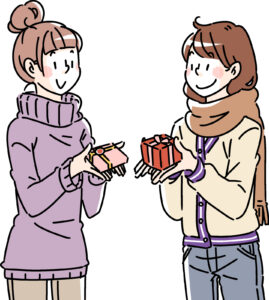
After that, “GIRI chocolate”, which is not only for confessing love but also for men who are indebted to us, spread among women who work in Japanese clerical work.
“GIRI” mean debt of gratitude in Japanese.
Recently, Valentine’s Day has become a day to eat chocolate, such as “friend chocolate” sent by friends and “reward chocolate” bought for oneself.
“White Day” after Valentine’s Day

March 14th, just one month after Valentine’s Day, is considered “White Day”.
The person who received the chocolate in February will send cookies, marshmallows, candies, etc. in return.
When Japan’s economy was good before, the word “triple return” was used.
It’s about returning something that’s three times as valuable as the gift you got on Valentine’s Day.
But now it seems that such a culture is disappearing.
An increasing number of people are not sending GIRI chocolate.
However, it hasn’t disappeared at all, so if you get chocolate from a Japanese woman on Valentine’s Day, you might want to give it about twice as much.
Japanese chocolate sweets
In the UK, you can get good price European chocolate, which was high quality in Japan.
However, Japanese chocolate that I sometimes miss.
Here are some Japanese chocolates that you can get overseas, or recommended chocolates as souvenirs when you go to Japan.
Pocky
It is a chocolate confectionery sold by Ezaki Glico Co., Ltd. Released in 1966. It is a stick-shaped pretzel coated with chocolate. By not putting chocolate on one end of the stick, it is designed to keep your hands clean. In addition to regular products, there are variations such as “strawberry,” “extra-fine,” and “almond crush,” and many regional and limited-time products are planned. I liked to eat a bunch of very small pieces.
This is sold everywhere in Japan. November 11th is also called Pocky Day because 1 is similar to Pocky.
Meiji chocolate
official website:
The chocolate called “Meltykiss” from the manufacturer here is on sale only in winter.
Because, as the name suggests, it’s very easy to melt.
It has been a popular product for many years, partly because it is for a limited time.
You can also get it anywhere.
Similarly, there are products from the manufacturer called “Kinoko no Yama” and “Takenoko no Sato”.
We are particular about not only the shape but also the material.
“Kinoko no Yama” cracker dough snacks with dark chocolate.
On the other hand, “Takenoko no Sato” has milk chocolate attached to the cookie dough snack.
There is a controversy over which like among not only Japanese children also adults.
Please try and compare them.
KitKat of various tastes
KitKat is a product made by a British company, but now Nestlé Japan is making it in Japan. Therefore, KitKat unique to Japan is on sale.
I think the most famous is the matcha flavor, but the most popular now is “Local KitKat” made from local specialties from all over Japan.
For example, we also sell “Wasabi KitKat” from Shizuoka Prefecture, “Azuki Strawberry” from Hokkaido, and “Sake KitKat”.
“Bourbon” sweets that you should definitely try
The sweets from Bourbon, a Japanese company in Niigata prefecture, are cheap and very delicious.
Especially popular is “Alfort“.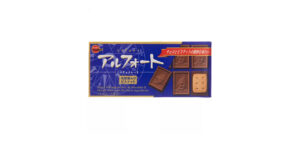

The combination of chocolate and biscuits that feel good to chew is wonderful, but the painting of the sailing ship is also a wonderful product. There are many different flavors of biscuits and chocolates, so you can find your favourite product.
Personally, I also recommend the chocolate confectionery called “Rumando” sold by this company.
Born in 1974, this candy is amazing. Layered thin crepe dough cookies are covered with modest chocolate. I have loved sweets since I was little.
If you find it in Japan, please buy it. it’s recommended.


This time, I introduced Japan’s unusual Valentine’s Day customs and Japan’s unique chocolate.
You can get the chocolates written here at convenience stores and supermarkets.
In the shopping mall or Department store, there are many other recommendations such as “Morozoff” and “Merry’s” that triggered Valentine’s Day, “Royce” in Hokkaido, “Ito Kyuemon”, a long-established teahouse in Uji, Kyoto, etc.
Please try by all means try.
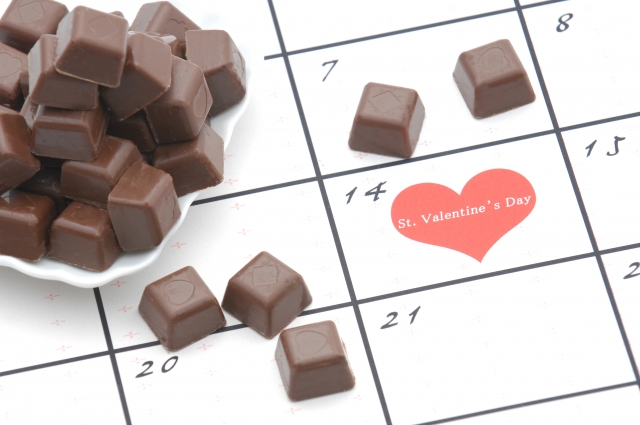

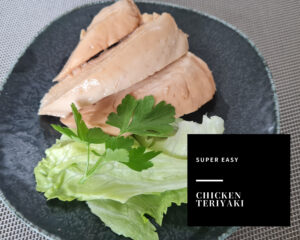


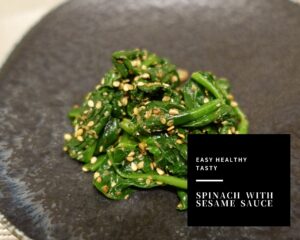

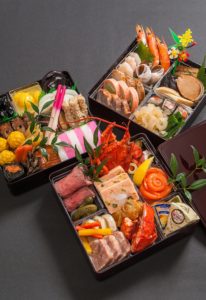
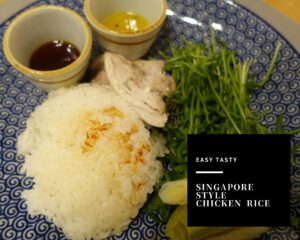
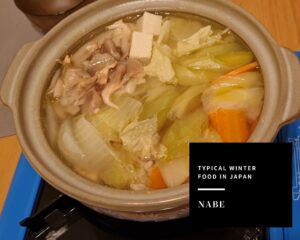
Comments